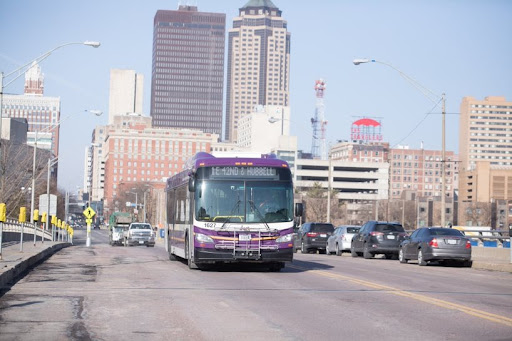Is rail travel worth the expense?

We like passenger trains as much as the next person does. The Business Record offices are in the old Rock Island Railroad station, and that makes us even more aware of the topic and slightly nostalgic about it.
So we were excited to hear that federal money will be spent on the Chicago-to-Iowa City passenger rail plan, with Des Moines as a future destination.
Setting wishes aside, though, we’re not convinced that it’s a wise investment. If we could just roll some passenger cars onto the tracks and start service, that would be terrific. Spending millions of dollars – with the predictable overruns still to come – changes the picture considerably.
The projections call for 246,800 passengers on twice-daily round trips in the first year. Really? That computes to 676 people per day, every day of the year. It’s easy to picture a couple hundred people hopping on board on a summer day to catch a baseball game in the big city. It’s harder to think that an average of 600 people will ride to and from Chicago every day, including Tuesdays in February.
We’re also not talking about truly high-speed transit. Rail travel offers advantages over gripping a steering wheel, but if travel time is the same, people who have various destinations in and around Chicago or Iowa City might decide they prefer to have their car available.
However, the largest issue is the financial one. Robert Samuelson recently argued in Newsweek magazine that connecting U.S. cities with fast trains is “a perfect example of wasteful spending masquerading as a respectable social cause.”
He contends that “intercity trains – at whatever speed – target such a small part of total travel that the effects on reduced oil use, traffic congestion and greenhouse gases must be microscopic.”
It would be nice to have a rail travel option here. Look at our national finances, though, and one wonders if we’ve moved past the era of expensive projects based on wishful thinking.










